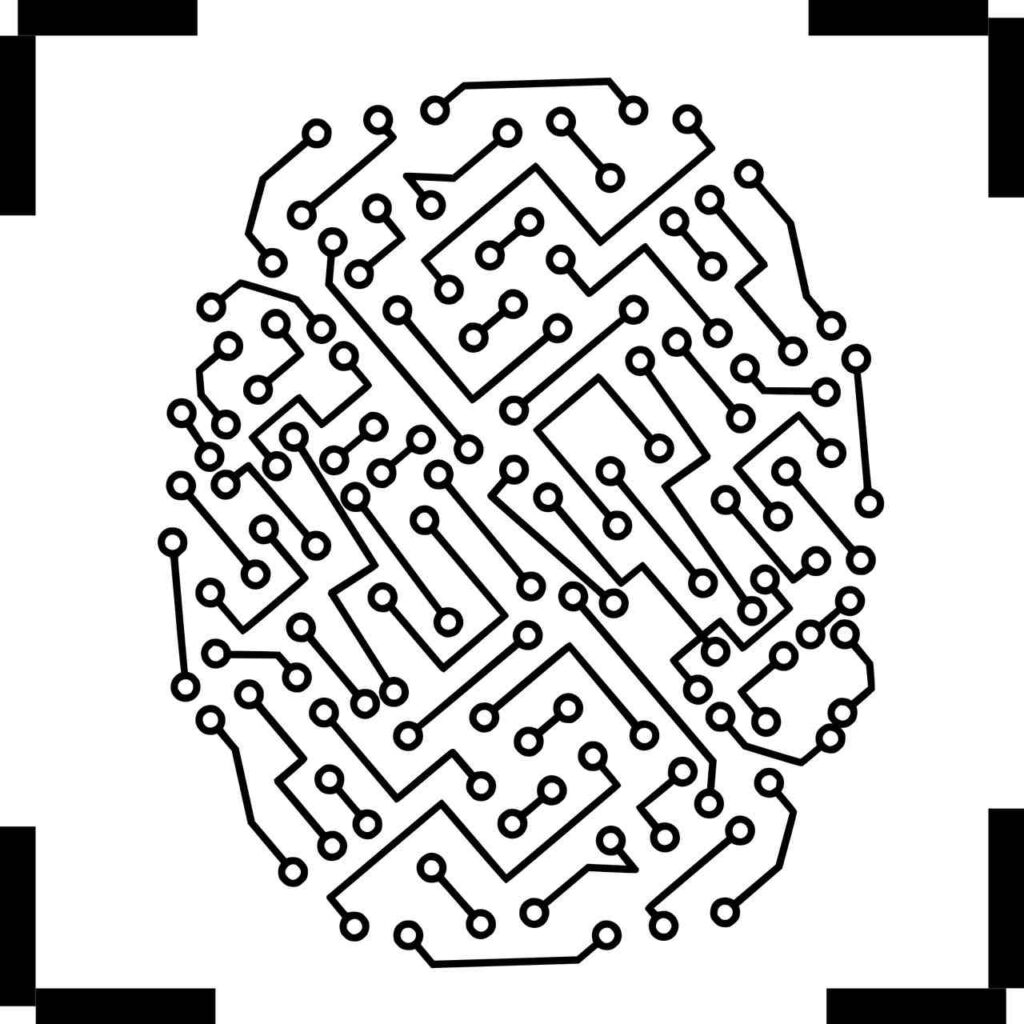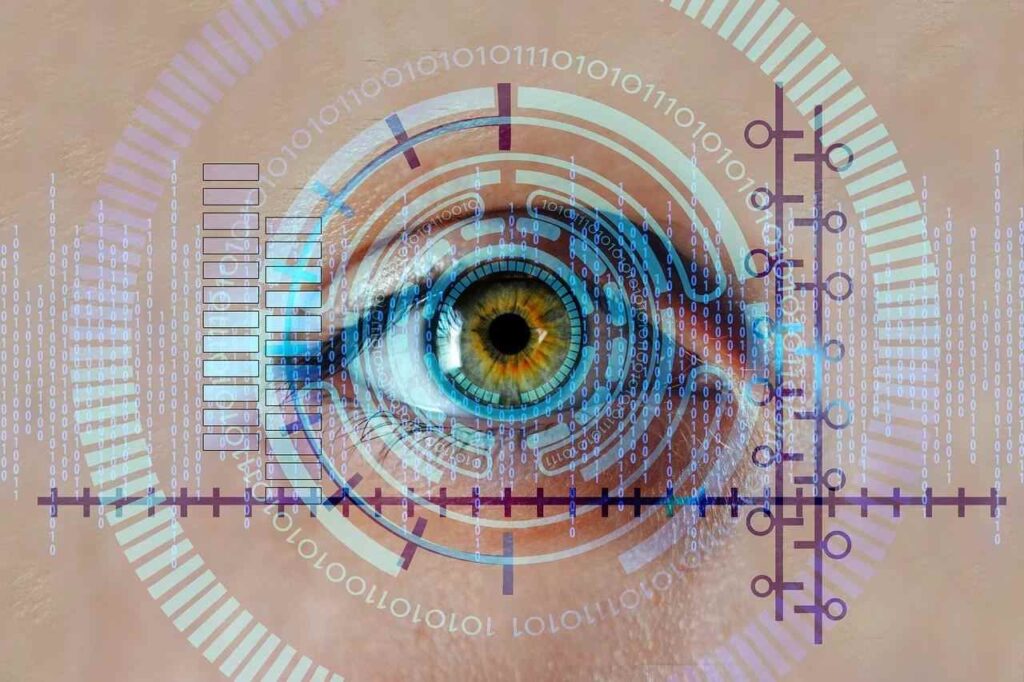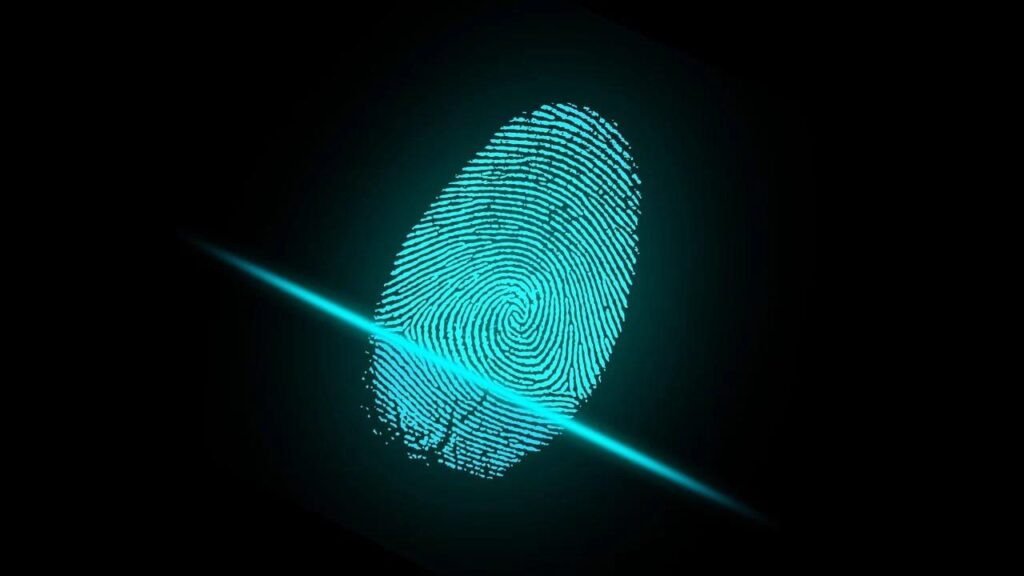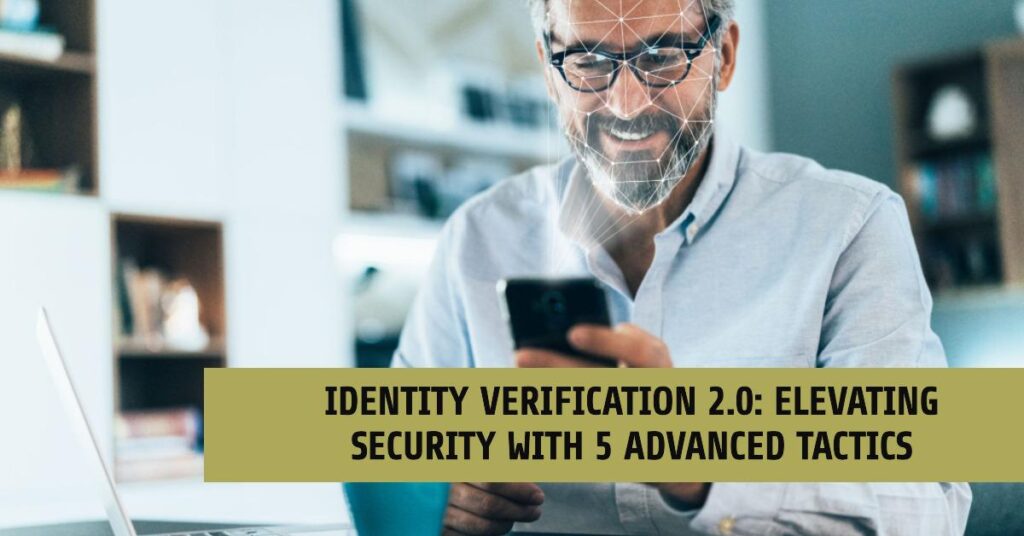One of the significant technological milestones of the 21st Century is the development of the Internet.
It supports seamless communication and enhanced entertainment, e.g., multiplayer games, online shopping, and much more.
However, the Internet also poses many security threats to users, such as fraud, identity theft, etc.
Individuals who have accounts with any online service are provided with customized login details to prevent unauthorized access to their accounts.
However, traditional verification methods are becoming obsolete and becoming increasingly easier to bypass.
This has led to the development of enhanced verification tactics, i.e., Identity Verification 2.0
The concept of Identity Verification 2.0 is pretty similar to traditional ID verification but with a few tweaks and enhancements.
If you’re unfamiliar with the idea of identity verification 2.0, this article will provide you with a complete overview of the concept and outline five tactics associated with ID verification 2.0
What is Identity Verification 2.0?

Identity verification involves a step-by-step process used to validate an individual’s identity. It usually involves the individual presenting a set of documents that prove that the person is who they claim to be.
On the other hand, Identity Verification 2.0 simply refers to a series of enhanced methods and procedures used to verify an individual’s identity.
It involves the application of state-of-the-art technologies and verification methods to properly identify if an individual is who they claim to be.
For a user to gain entry into a service that employs ID verification 2.0 technologies, they’ll have to provide very specific data, usually biometric, unlike traditional verification methods that require the user to input just a username, password, and sometimes some basic biometrics.
Problems Associated with Traditional ID Verification

As technology continues to evolve, security threats also evolve and find new and more sophisticated ways to beat the system.
Traditional ID verification is still pretty much secure but poses a ton of problems like:
1. Forgery

Services that authenticate users through verification documents like driver’s licenses and passports can easily be forged by criminals.
This allows criminals to gain unauthorized access to sensitive information that can negatively affect the user.
2. Identity Theft & Fraud
Manual verification methods like passwords, PINs, etc., are theft-prone. If criminals get their hands on such data, they can easily log in to the user’s accounts without any trouble.
3. Inconvenience
The average internet user has hundreds of accounts with different service providers; remembering each password or PIN becomes inconvenient during each login session.
Identity Verification 2.0 Security Tactics
Considering the problems posed by traditional verification methods, the concept of ID verification 2.0 was developed. The following are five verification 2.0 tactics that can help enhance security:
1. Biometric Modal Fusion

Biometric Modal Fusion is a verification method that utilizes biometric data gathered from several sources to verify an individual’s identity.
It involves collecting biometric data from a database and applying the data obtained to verify an individual’s identity accurately.
Systems utilizing biometric modal fusion are very secure as the system won’t authenticate the user until all the biometric traits are verified.
Some of the common biometric traits include eyes, fingerprints, voice, etc. Once the user uploads these traits, they’re cross-referenced against the already stored data, allowing the system to verify the users accurately.
2. Zero Knowledge Proofs
Zero Knowledge Proofs (ZPKs) is an ID verification method that allows an individual attempting to access a service to prove the authenticity of the documents they provide without revealing the actual contents of the information.
This type of verification approach ensures that the account owner’s information remains private while also confirming the accuracy of the data provided by the user attempting a login.
3. Smart Contracts
Smart contracts are very common in the crypto industry and usually refer to instructions coded into a service designed to execute automatically once certain conditions are met without requiring human input.
In security terms, they are a set of instructions employed by online services to automate the verification process of users by reducing manual input to the barest minimum.
4. Continuous Authentication
Unlike traditional verification methods that require a one-time authentication at the beginning of the session, this verification method continuously monitors the user’s activities. It does so during the sessions to check for similarities or anomalies between the previous account owners.
Suppose the system detects anomalies between the user’s current actions during their session. In that case, they can temporarily get locked out of their account to prevent malicious actors from doing more harm.
5. AI-Powered Anomaly Detection
This type of verification method involves the use of machine learning algorithms. It does so to identify patterns in the actions of users during the verification process and automatically flags the accounts if it detects anomalies during the login process.
Conclusion
With the rate at which technology is developing, industries like finance, healthcare, communications, etc., need to be sure the right individuals are utilizing their services to prevent identity theft and fraud.
Employing identity verification 2.0 tactics ensures the data and identities of your customers remain secure.








